Marina Jansen
Advisor: Terri Fuglem
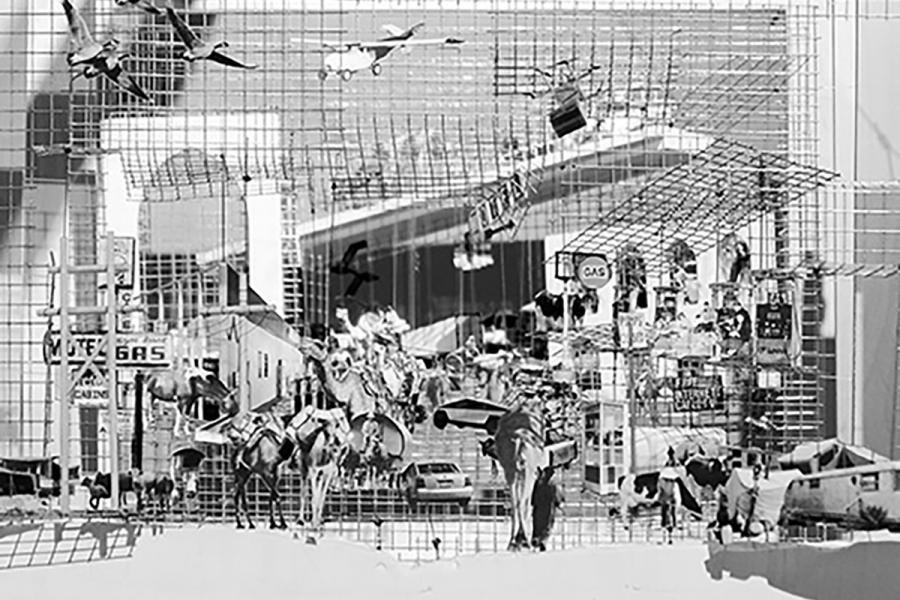
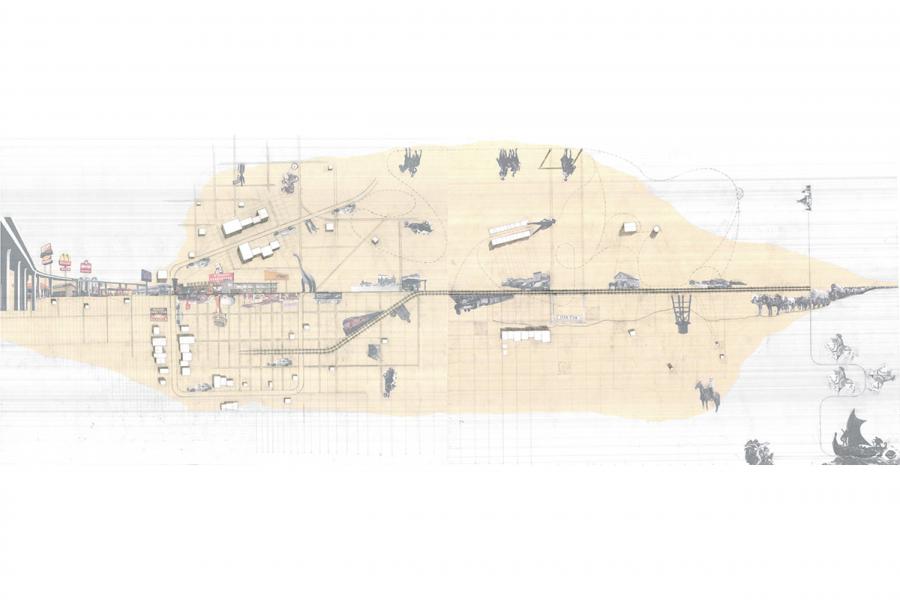
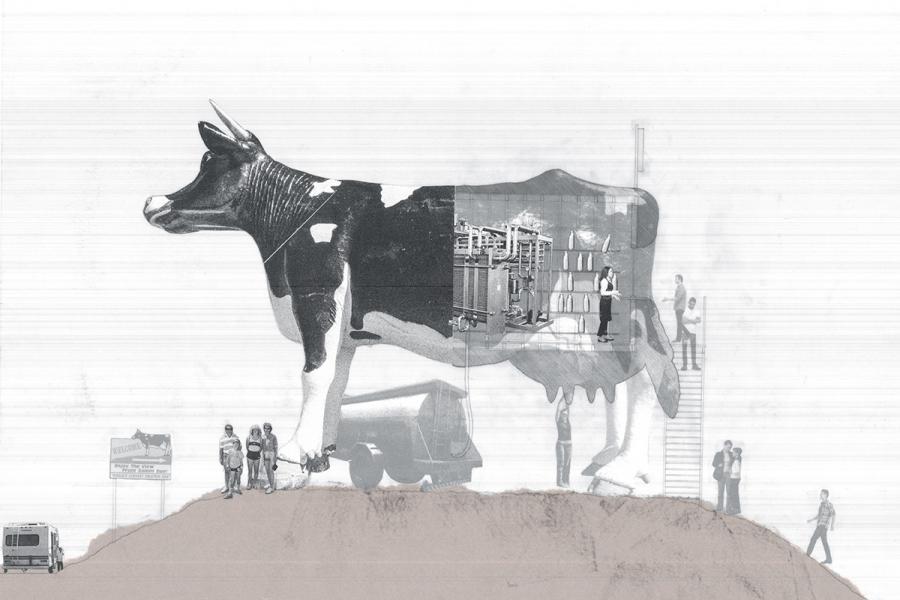
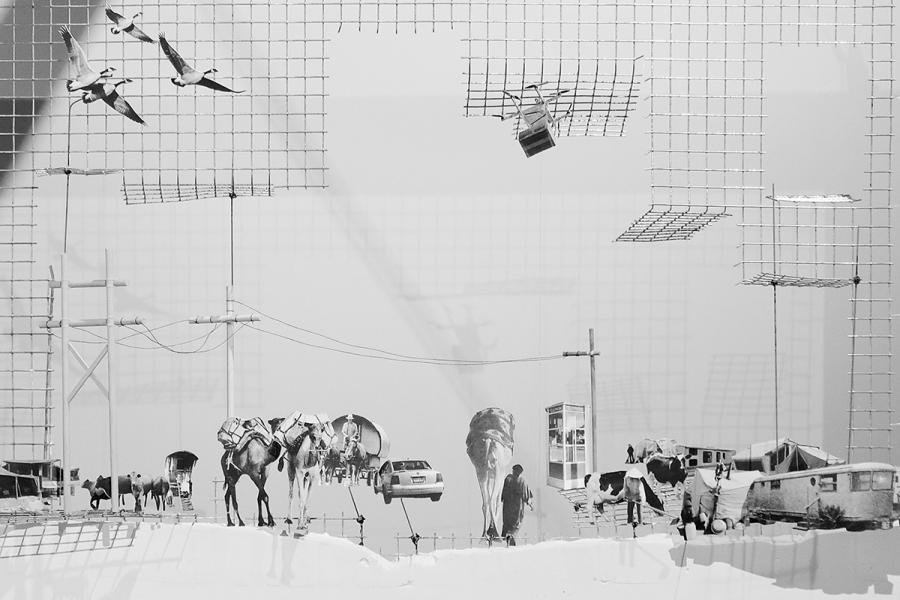
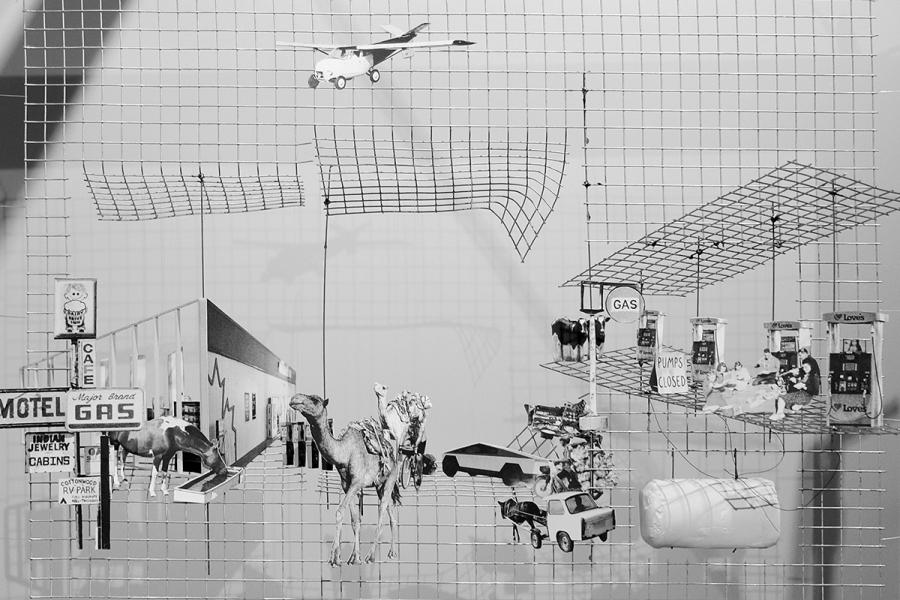
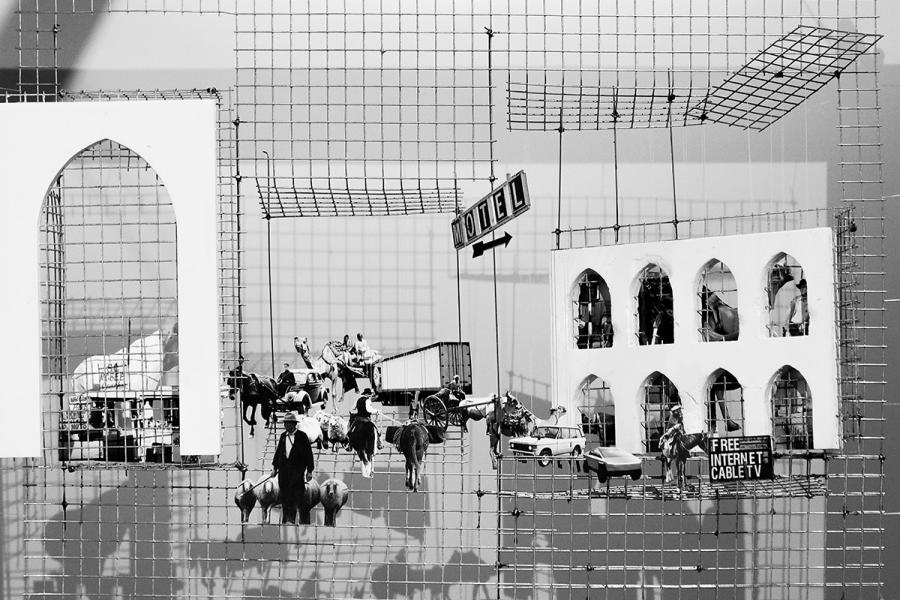
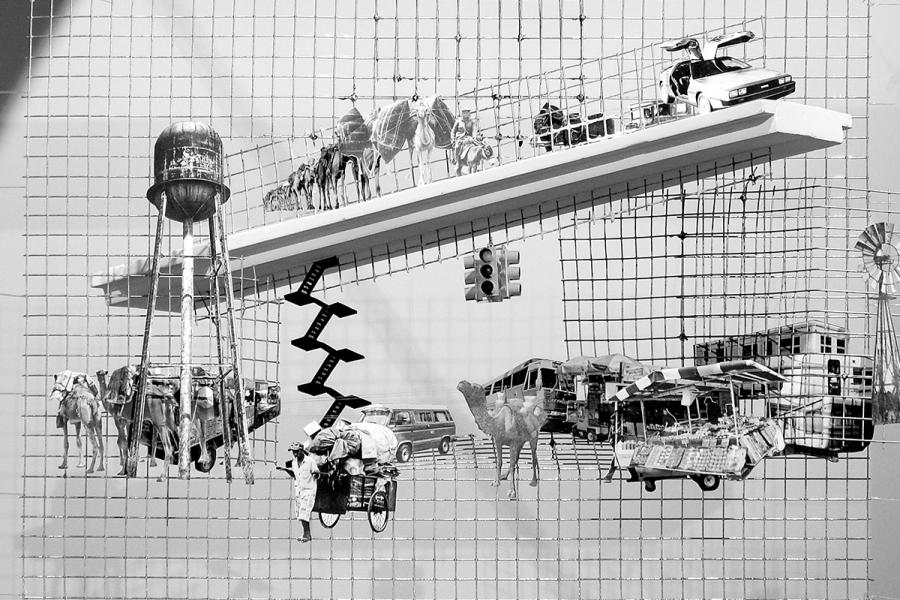
Neither Here Not There: Dreaming of the Road
Our collective concept of the road exists simultaneously as an infrastructural object and as a symbol of journey, escape and origin in North American mythology. The road cannot be considered just a path or an abstract line on a map that leads from one place to another, but it is a place in and of itself. It is a place in which the transient converges with the local and the unknown unsettles the mundane. It is defined by its liminality; made up of ambiguities at the intersection of place and placeless-ness, speed and stagnation, and nostalgia and harsh realities. The reality of the road diverges from the road as a symbol in its endless pursuit of homogeneous efficiency and consumer driven convenience. The ultimate symbol of unconstrained movement and individual freedom, the road finds its ironic apotheosis in stagnant 6 lane freeways and interstates with well-marked exits and highly regulated movement. The myth of the road is dead, or is it?
This thesis desires to imagine what is next in the North American mythology of the road in the time of urgent change that we currently live in. Fossil fuel shortages, flying bans, mass migration of climate refugees and a plethora of other unknown factors have the potential to completely change how we move across land. Assuming the demise of the automobile introduces an opportunity for the introduction of different means of transportation with varying speeds. Looking at historical means of travel as well as future technologies, this thesis dreams into the road as a heterogeneous space with the capacity to facilitate all that journey cross country.
Speed and our societal dependence on the automobile has ultimately shaped our perception and relationship to the North American landscape and its natural and human-made artifacts. This is the speed at which we have come to understand distance and place. The introduction of varying speeds to the road implies a new frame of perception for potential architectural inhabitation of the road.
